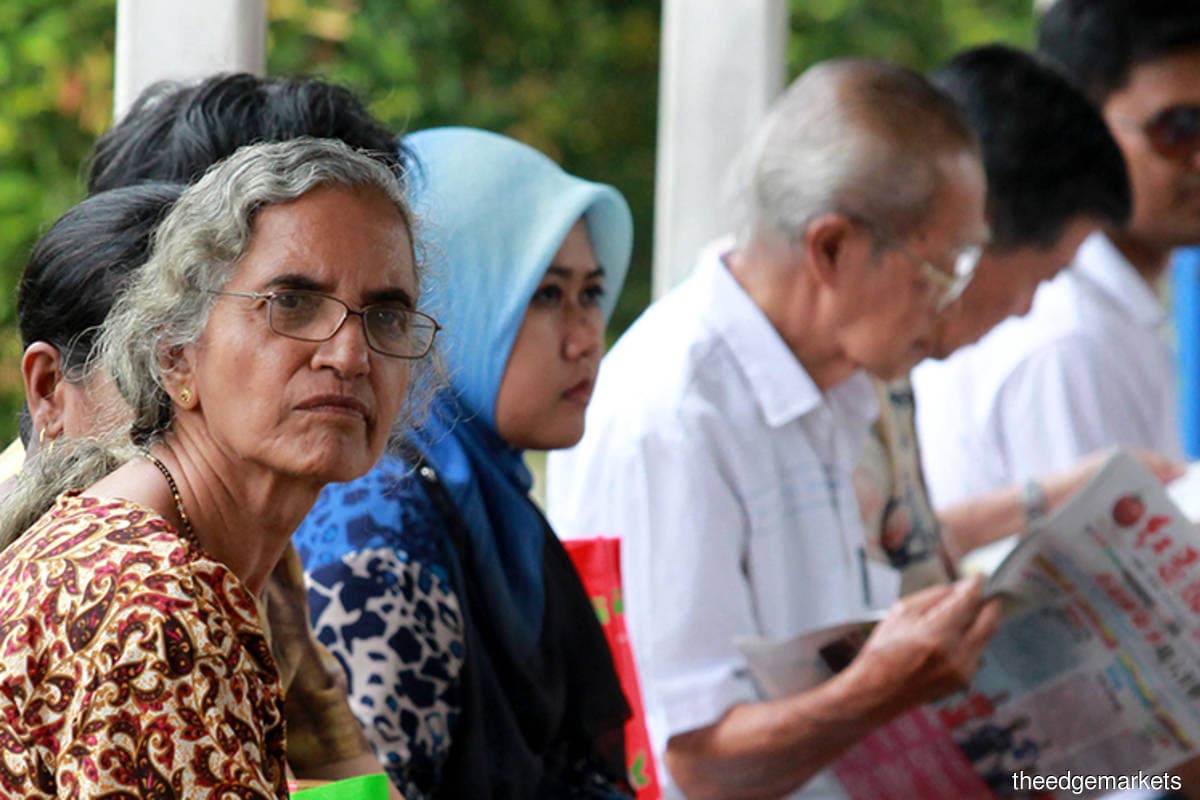
KUALA LUMPUR (Dec 1): Malaysians' overall health experienced laudable improvements over the last decades, but gains in health outcomes were unevenly spread across the population, according to a new study by Khazanah Research Institute (KRI).
Life expectancy alone is not an adequate measure of population health as many Malaysians experience debilitating health conditions such as heart diseases, back pain and mental ill health, especially in their later years, the think tank said.
To account for years lived in illness and disability, KRI uses the healthy life expectancy (HALE) indicator, which is the average number of years a person can expect to live in good health.
“An average person’s healthy life expectancy in 2019 was 65.5 years. This means that although a baby born in 2019 could expect to live up to 75 years, 9.5 of those years would be spent in poor health,” said the think tank in its latest publication titled Social Inequalities and Health in Malaysia: The State of Households 2020 Part III.
Additionally, the report noted that the additional years of life gained over the decades are not equally enjoyed across the population.
“For instance, a male newborn in Sarawak or Kuala Lumpur in 2020 is expected to live up to about 74 years, whereas a male newborn in Perlis, Terengganu or Kelantan is only expected to live up to 69 years, i.e. a gap of five years.
“Despite Malaysia starting off with a similar level of life expectancy as Mexico, and higher than Turkey and Thailand in 1990, these countries overtook us in the last three decades and recorded higher life expectancies in 2019,” said KRI.
Aside from differences in health outcomes by gender, ethnicity and state, the report’s findings show health inequalities between income and occupation groups, highlighting the significant role such social factors play in shaping health outcomes.
Evidently, health status is inversely associated with socioeconomic status, said KRI, noting that poor health was found to be more prevalent among lower-income groups.
Furthermore, although work can be health-enhancing in terms of the source of income, the think tank noted that work can also negatively impact health conditions.
One example highlighted by the report is that unpaid workers or homemakers have the highest prevalence of high blood pressure, representing 34.7%, compared to other occupational groups such as self-employed persons (30.7%), employees in the government or semi-government sector (29.4%) as well as the private sector (18.8%).
In order to improve health for all and eliminate health gaps, the institute said policies must go beyond addressing the determinants that directly affect health, and place greater importance on social mechanisms underlying the inequitable distribution of health.
More specifically, the country must consider adopting an inter-sectoral approach in tackling any issues, such as eliminating barriers to education, initiating social protection schemes for neglected populations and improving housing conditions.
“In designing national policies for improving the overall well-being of the nation — whether it be urban, educational or industrial planning — they should not be divorced from the potential impact on health,” said KRI.